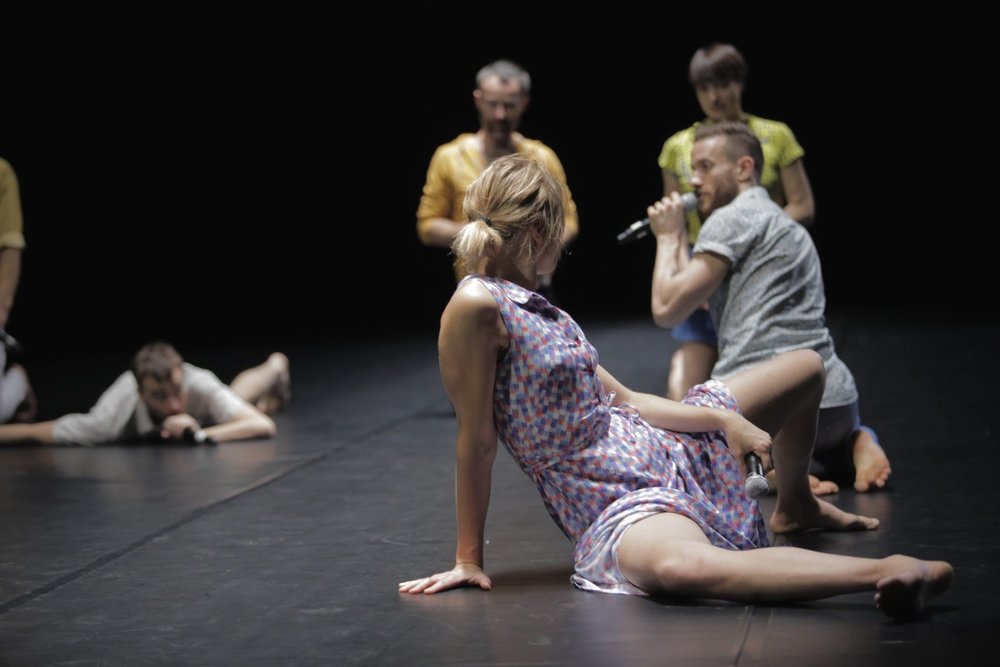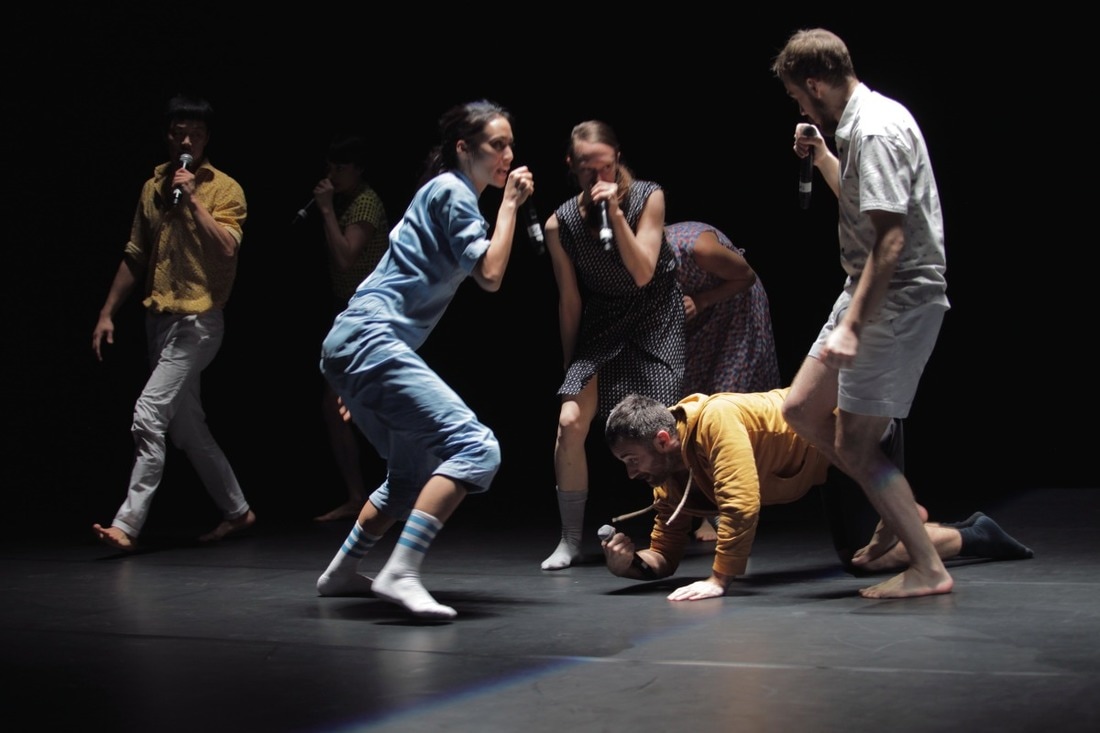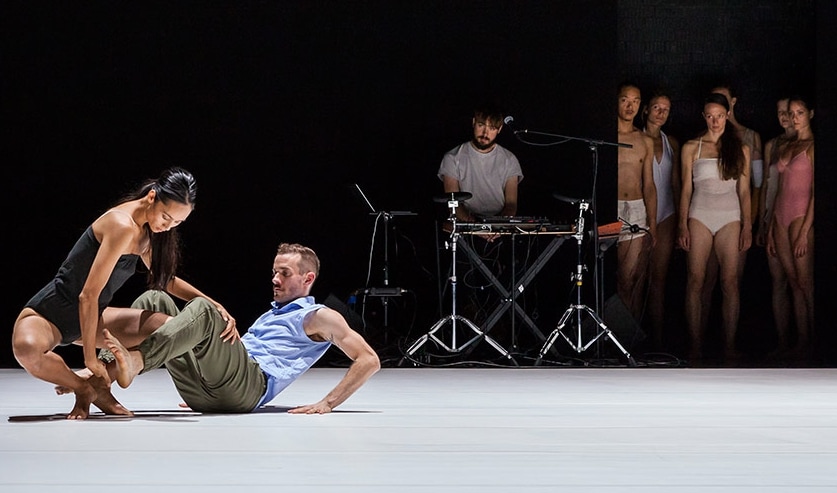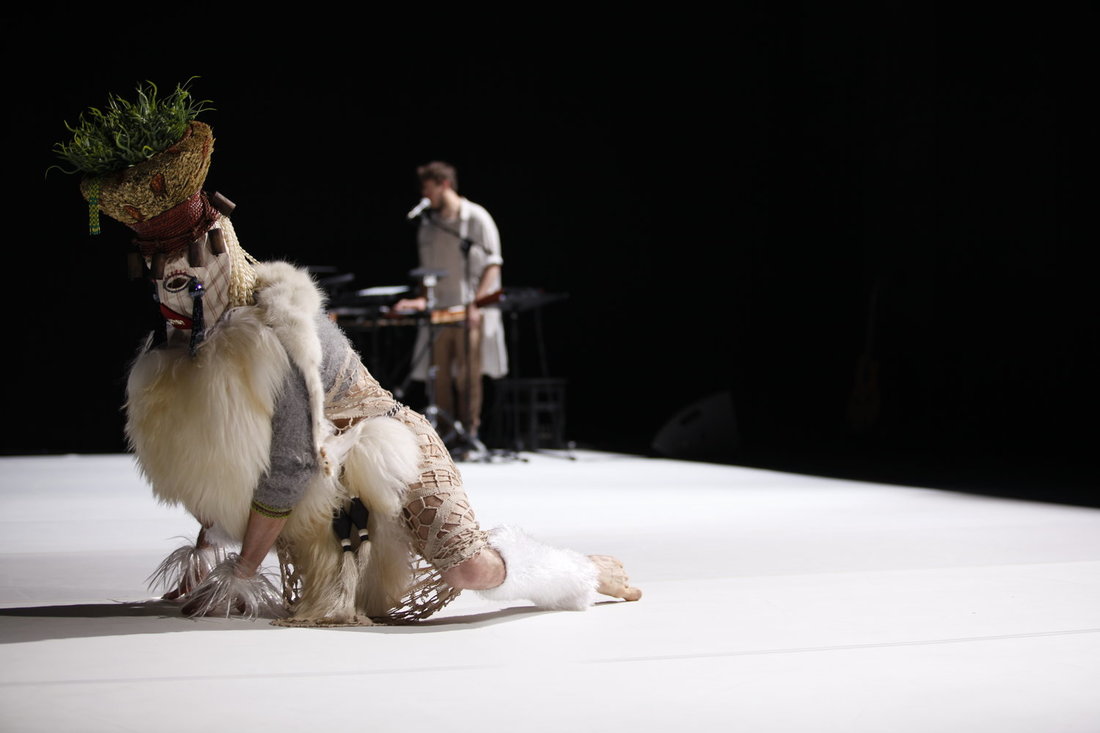|
A successful electronic musician and singer in his home country of France, Awir Leon is also a contemporary dancer. Before the release of his 2016 album Giants, he worked with Emanuel Gat Dance, the company he used to perform with, to create a show that would be both an electronic music gig and a dance performance. The result, Sunny, sees Awir mixing live on-stage alongside the dancers.
Here, the French musician speaks to DRAFF about moving between dance and electronic music.
Sunny by Emanuel Gat in collaboration with Awir Leon will be on at the Abbey Theatre on the 22nd - 23rd May as part of the Dublin Dance Festival.
Images: 1 + 2 Plage Romantique, Emanuel Gat. 3 + 4 Sunny, Emanuel Gat. Posted: 15 May 2017. |



